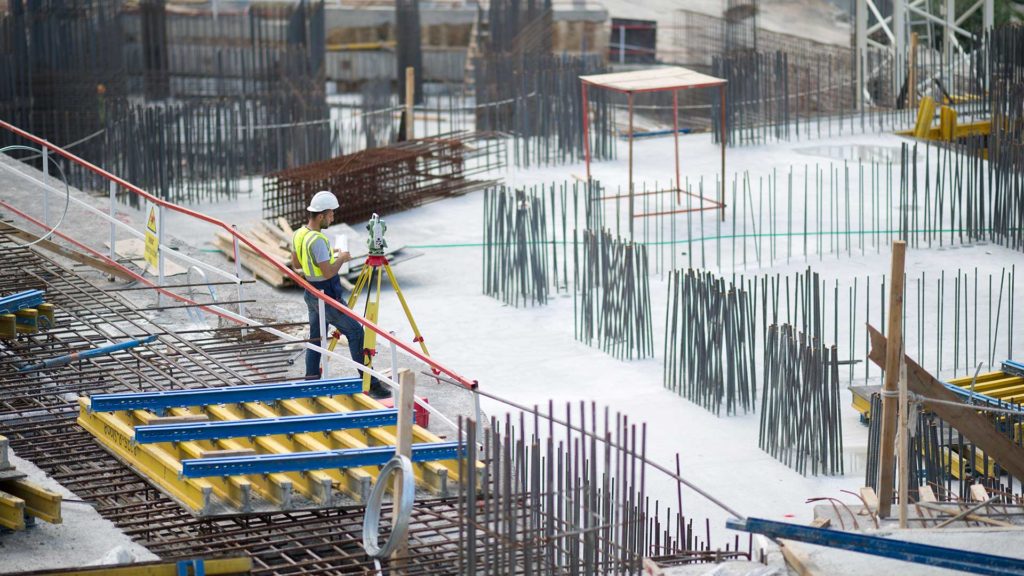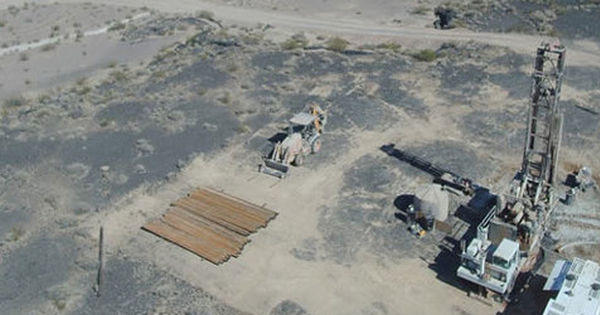
Boron is a metal useful to modern societies for over 100 years. It is most commonly available as borax in household cleaning products. Or, as the boric acid in eye drops and mouthwashes. However, it has many other uses in urbanization.
It is present in construction materials such as concrete and asphalt. Because of its high strength-to-weight ratio. Additionally, it is useful in making fiberglass composites which are often present on boats and aircraft. They are helpful mainly due to their lightweight but strong properties. It is also an excellent substitute for lead-based paints due to its low toxicity levels.
Boron is a natural element found in the earth’s crust that has many uses. It is useful from making glass and fiberglass, to fertilizers, pesticides, herbicides, detergents, and insecticides. It also plays a role in urbanization by providing building materials for homes and buildings.

What is the role of Boron in urbanization?
The world is rapidly urbanizing. The number of people living in cities is growing by a whopping 2.5 billion by 2050. Large swaths of land turn into housing developments and parks. Therefore, boron’s role in maintaining healthy tree populations becomes more important than ever before.
The global population is expanding at a rapid pace, with the majority of this growth happening in urban areas. This expansion has an impact on industries that depend on natural resources. It also affects food security, air quality, and public health.
It plays a key role in these issues by regulating water availability for crops. Hence, it is increasingly important as demand grows for more food to feed people living in cities.
Why does Boron matter in urbanization?
Boron is a natural element that plays an important role in our daily lives. It regulates water availability for crops and impacts the growth of plants. This increases food security as demand grows for more food to feed people living in cities.
Boron also helps with air quality by decreasing emissions from cars. Because it reduces engine wear due to borax’s lubricious properties. Lastly, it affects public health through its benefits on digestion and metabolism. Finally, it also reduces inflammation due to autoimmune diseases like arthritis or asthma when taken orally or topically applied.
It matters in urbanization. It is necessary for life as we know it today. And, it will be even more important if the population continues to grow at this rate without careful management of the world’s natural resources.
Boron is a key element for healthy living and urbanization. Because, it regulates water availability, increases food security, and improves air quality. It impacts public health in big ways that are largely underrated today.
Countries that use Boron for their purposes
The countries that use Boron for their purposes are China, India, and Brazil.
China uses it to alleviate acid rain by trapping emissions from coal-based power plants in borates. It is also helpful as a chemical stabilizer in tires.
India uses Boron to help purify water supplies. This aids them with the problem of clean drinking water that they have.
Brazil mainly uses Boron on cotton crops. Because it helps fight against pests such as worms or insects without having any negative impacts on the environment. The country can produce more crop yields than before so there are many benefits of this usage.
Importance of Boron in construction and industry
It is used primarily for concrete production. Because reinforcing bars are soaked with water before dipping into molten cement to form a bond with the cement. It is also helpful in construction materials for steel reinforcement and insulation. Additionally, they are important in hydraulic fracturing (fracking) to provide fluid pressure while creating natural gas extraction sites.
The use of boron as an additive can increase the strength of concrete by up to 50%. Then, it helps in the concrete’s ability to withstand heat.
Another industrial use includes refining petroleum. This involves extracting ores containing Boron such as uranium. Then, it isolates boric acid from seawater or tar pits. These elements are later mixed with sulfuric acid before heating at high temperatures. The resulting molten liquid is cooled into a white powder called tetraborate decahydrate. That is widely used as an insecticide and preservative in food containers like fruit juices and wines.
Boron does not react with many substances. So it is approved by various government agencies for:
- domestic water supply treatment,
- agricultural runoff management,
- construction materials recycling,
- tank cleaning chemicals among others.
There are over 10 million tons of borates from mining annually
These borates help in the various processes of the construction industry.
It makes concrete stronger, fireproofs mortars, and bricks for structural walls in buildings. Borax is also a part of many other things like cosmetics, pharmaceuticals, paints, and electroplating solutions.
Boron-based compounds are present on both sides of every building in the world. Therefore, it is an essential ingredient in modern life. Borax is also commonly available on kitchen shelves. Because it can help remove hard water.

Applications of Boron in Urbanization
Role of Boron in glazed ceramics
It is a necessary ingredient for glazed ceramics. It helps the ceramic’s surface to be more glossy and lustrous. Boron prevents the clay from drying out too quickly.
The use of Boron is increasing significantly over time. Because it becomes an essential component of urbanization projects around the world.
Boron in LCD televisions and electronic appliances
It is also present on LCD televisions. Boron oxide produces a more detailed image on the screen of an LCD television. Because it has less graininess than other compounds.
This element is a part of electronic appliances like washing machines, clothes dryers, and dishwashers.
Boron in Textile Fiberglass
It is an essential element in the production of fibers. Boron’s properties as a catalyst, glass former, and flame retardant helps to create materials like fiberglass. Firstly, during the discovery of Borax, this product was able to produce tough but flexible fabrics for military use.
In recent years there is an increase in demand for textiles from synthetic fibers. Particularly, for ones that have favorable characteristics over cotton fiber such as comfort, resilience, and durability due to their strength.
They make soft malleable material with excellent insulating qualities. Because they do not conduct heat or electricity well.

Benefits of Boron in Urbanization
It protects against spoilage for products like rice, flour, sugar, cornmeal, salt, or sodium chloride. They do so by inhibiting microbial growth that causes deterioration of these products over time.
It acts as a fire-retardant where boric acid is mixed with water. And, then sprayed onto surfaces such as homes or furniture during a housefire. The foam created from this mixture will cut off oxygen to the flame when applied properly. Therefore, prevents air currents from feeding into the flames.
Borax is commonly present on kitchen shelves because it can help remove hard water. It also helps make the paper stronger by improving amount-water retention when mixed with polyvinyl alcohol. This is for food packaging materials that prevent spoilage.
Borates have many benefits in urban environments like strengthening glasses and making buildings. They make the buildings more durable against seismic activity or natural disasters. So they will last longer under extreme conditions. The chemical properties of Boron can provide an added layer of protection from corrosion also.
Conclusion:
Let us conclude by saying that Boron plays a vital role in urbanization and has many benefits.
The applications, benefits, and uses of Boron in urbanization are plenty. It is the most abundant element found on Earth that is not broken down by natural processes. It serves as an important agent for reversing environmental degradation. Especially if it is a part of creating borosilicate glass or concrete (used abundantly in the building). Put simply, this means more sustainability-focused buildings with less pollution.





